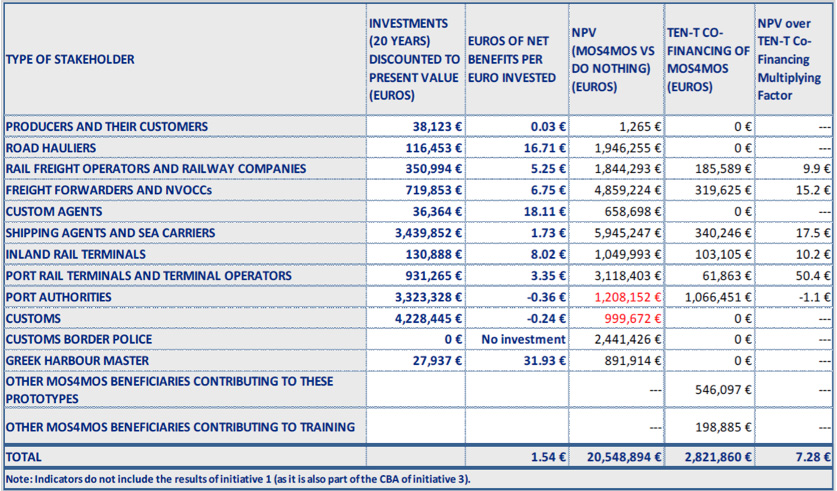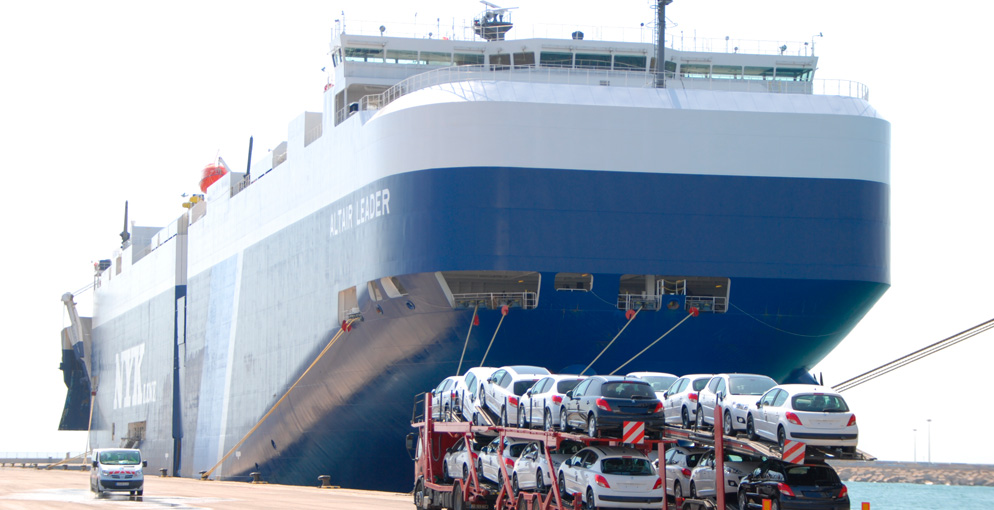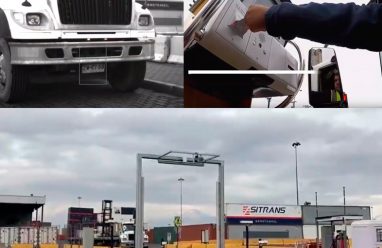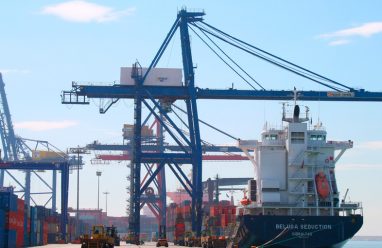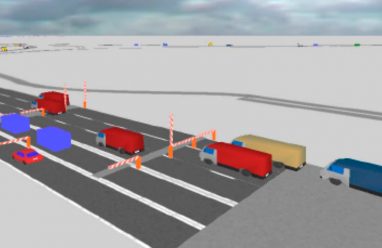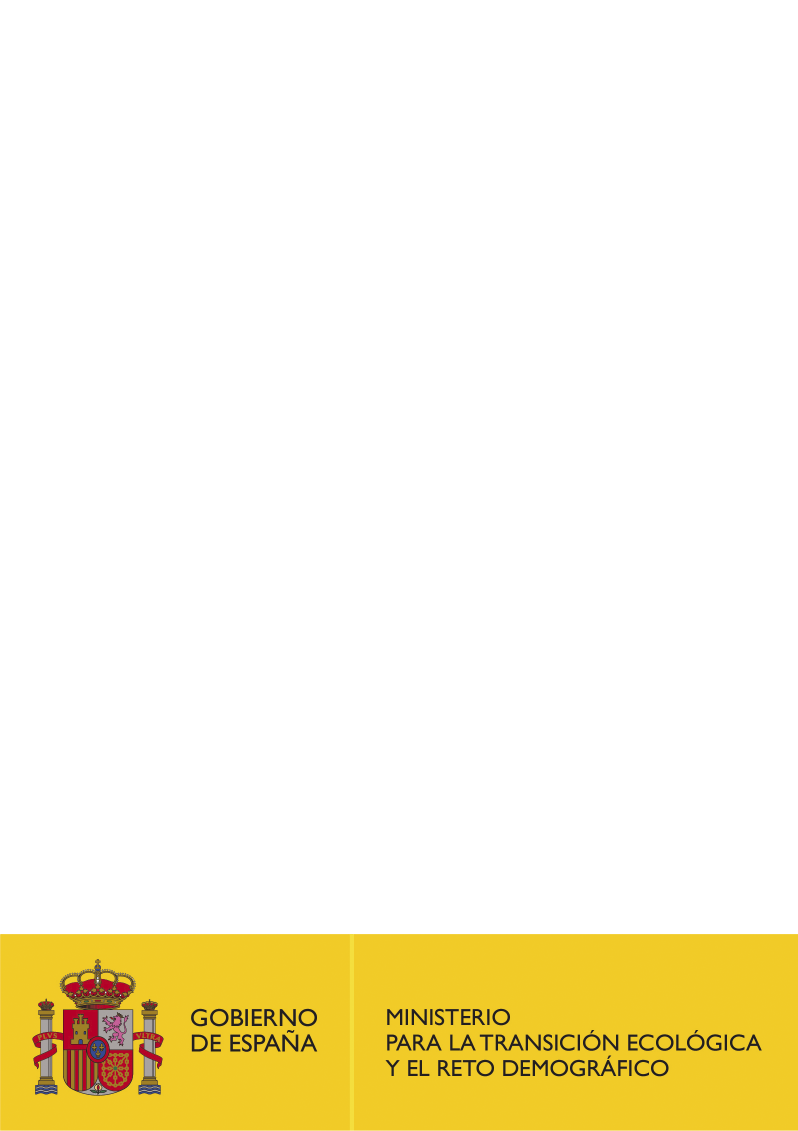The main aim of the MOS4MOS Action was to design and demonstrate a set of initiatives to improve the operational coordination of transport flows and facilitate collaboration between various administrative services and operators at port level, ensuring that they are able to efficiently carry out their gateway function (e.g. port authority, port terminal operator, customs, control and inspection services, shipping agents and ship captains) in line with the requirements of EU Directive 2010/65 on reporting formalities for ships arriving in and/or departing from ports of the Member States.
The MOS4MOS project was a study in the form of a pilot action primarily aimed at preparing the systems of primary stakeholders (ports and terminals, railway operators and operators of rail freight stations, shipping companies, consolidation centres for short sea shipping, SSS, etc.) to provide integrated and interoperable services for door-to-door MoS supply chains.
The initiatives were applied to existing door-to-door MoS supply chains in the Mediterranean, in the following corridors: Spain – Italy, Spain – Slovenia, Spain – Greece, Slovenia – Greece, and Italy – Greece. The initiatives dealt with two different types of traffic: Ro-Ro and containerized cargo. They were aimed at achieving better integration between the different modes of transport (road, rail and maritime transport) and the door-to-door MoS supply chain stakeholders.
MOS4MOS identified issues and bottlenecks currently affecting MoS corridors for both types of traffic and proposed actions to improve the present situation through the use of information and communication technologies (ICTs). There was a particular focus on defining ICT solutions that can become standard yet are sufficiently flexible to be deployed more extensively
Below is a summary of the activities carried out:
Activity 1 –MOS4MOS Master Plan
This activity consisted of drawing up a Master Plan for the services designed and piloted in this Action. A strategic assessment was carried out of the situation in specific MoS corridors.
The following tasks were carried out as part of this activity:
- Analysis of the present situation of the different MoS corridors
- Identification of ICT issues and bottlenecks in the selected MoS corridors
- Analysis of alternative potential ICT solutions for the identified issues and areas for improvement
- Feasibility study (financial and technical) of different ICT solutions
- Strategic assessment of alternative solutions
- Piloting, demonstration and implementation programme for the prototypes and selected solutions.
The result of this activity was the integrated Master Plan, reviewed by the Project Review Group, for the implementation of MoS monitoring and operational services.
Activity 2 – Prototyping
This activity consisted of prototyping the solutions identified in Activity 1. This task was carried out through reengineering processes, introduction of new information and technology systems and/or adapting the systems currently in use. Each partner implemented or adapted these systems in order to demonstrate the new interoperable services which help to improve the operational coordination of transport flows and to facilitate a close coordination between the different administrative services and operators of the door-to-door MoS supply chains.
As a result of this activity, a high-level technical specifications report was produced for each prototype. The report was validated by the Project Review Group.
Although only 3 prototypes for the facilitation of operations in ports, SSS capacities, intermodal transport solutions and freight corridors were initially expected to be developed, in the end a total of 15 initiatives were prototyped.
Activity 3 – Piloting and Demonstration
A total of 15 MOS4MOS initiatives were piloted and demonstrated on six demonstration days open to the public.
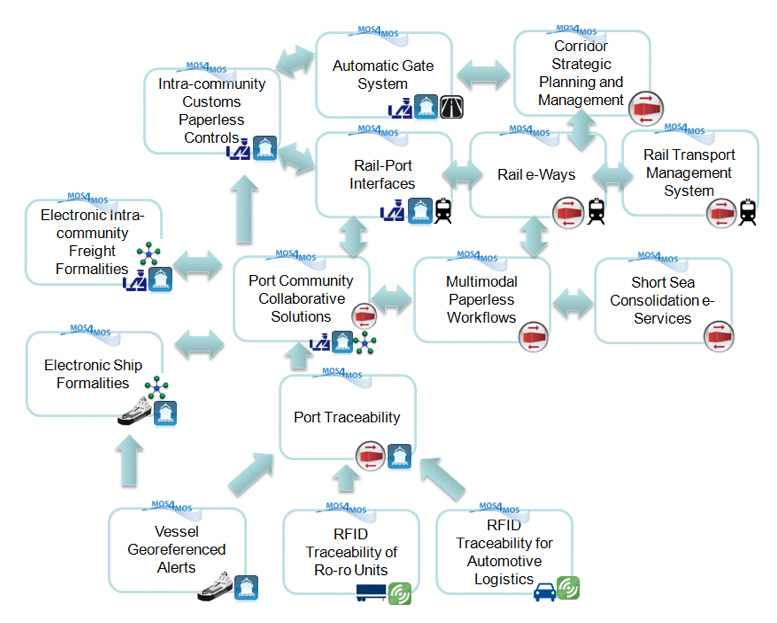
Grouped together by area of intervention, the aims and primary results of the piloted initiatives are as follows:
Port-level initiatives
The prototyped, piloted and demonstrated initiatives in this area of intervention are as follows:
- Intra-community customs paperless controls
- Electronic ship formalities
- Port community collaborative solutions
- Automatic gate system
Results:
- The basic structure and two prototypes to create a port community system in the Port of Piraeus.
- Prototyping and piloting of paperless controls for exports of FCL shipments of intracommunity Ro-Ro and container traffic between the ports of Livorno, Barcelona and Valencia.
- Piloting of an automatic gate system for Ro-Ro traffic in the Port of Valencia.
Port-to-port initiatives
The prototyped, piloted and demonstrated initiatives in this area of intervention are as follows:
- Vessel geo-referenced alerts
- Port traceability
- RFID traceability of Ro-Ro units
- e-T2L
Results:
- Prototype of a system that supplies automatically generated real-time information on the status of a ship to operators of MoS port-hinterland transport services.
- Testing of an optimization system for the traceability of containers and documentation associated with container operations in the ports of Livorno, Koper and Valencia.
- Traceability of Ro-Ro units with RFID systems.
- Testing of a new procedure, e-T2L, to make SSS administratively simpler for users.
Port-to-hinterland initiatives
The prototyped, piloted and demonstrated initiatives in this area of intervention are as follows:
- Corridor strategic planning
- Rail transport management system
- Rail-port interfaces
- Rail e-ways
Results:
- Prototyping and piloting of a rail transport management system to improve the supply-chain management in combined rail and maritime transport networks.
- Defining and testing new shared procedures and messages to improve communication flows and create paperless documentation flows.
Door-to-door initiatives
The prototyped, piloted and demonstrated initiatives in this area of intervention are as follows:
- Traceability for automotive logistics
- Short sea shipping consolidation e-services
- Paperless multi-modal transport workflows
Results:
- A piloted prototype of a middleware solution that ensures the interoperability of processes for paperless import and export in door-to-door MoS corridors for FCL shipments.
- Prototype of a traceability system for automotive logistics using electronic data exchange.
- The creation of a network of SSS consolidation centres that provide specialized services for intracommunity traffic. Piloting of advanced e-commerce solutions in Spanish, Slovenian and Greek SSS consolidation centre networks that enable shippers and freight forwarders to send electronic bookings and shipping instructions for LCL shipments in the same way as for FCL shipments.
Given that it is not possible to present a detailed examination of the 15 initiatives in this summary, a description of one of them is provided below. This is a good example of an initiative that improves the exchange of information between public and private-sector stakeholders, increasing the efficiency of ports in MoS chains and simplifying compliance with regulations in the e-T2L initiative.
The Common European Market is based on a Customs Union which allows the free movement of goods, services, people and capital. Although free trade exists between EU-member countries, ports represent the border between the EU and the customs area outside the EU. Customs controls are thus required to determine the status of traded goods. Despite the fact that simplified procedures exist, in most cases, mechanisms to show the community status of goods at Customs are still manual and require documents to be presented. These manual procedures require resources, staff and administrative work, which in turn generate expenses, mistakes and delays in intracommunity maritime freight transport flows. Additionally, the requirement to submit original documents leads to difficulties and issues when it comes to introducing methods for automating customs controls in ports. The aim of the “Electronic Customs Formalities for Intracommunity Goods” (e-T2L) initiative is to use electronic procedures to facilitate and simplify compliance with customs regulations which require proof of the community status of goods transported by sea, thereby also contributing to the creation of other integrated and innovative transport solutions.
The proposed solution consists of an electronic channel for sending the T2L prior to the exit of goods. The technical solution is similar to the one developed for the presentation of ENS (entry summary declarations) and EXS (Exit Summary Declarations). Once sent, the web page associated with the website of the Spanish Tax Agency can receive the information from the T2L. A computer-assisted risk assessment system immediately reviews the declaration, and a green, orange or red circuit is allocated. In the case of a green circuit, the customs office and the associated tracking number is issued. The information is transmitted to the port authorities, enabling them to apply paperless export and import controls (depending on the type of flow). Although not a project partner, the Spanish Customs Department played a vital role in the development of the prototype. The analysis of the potential benefits of the implementation of the initiative carried out by the Customs Department reveals that benefits have far exceeded initial expectations. Consequently, following piloting of the prototype in MOS4MOS, customs authorities have decided to deploy e-T2L in Spain and said initiative is now operational at national level. It has been estimated that consolidators, shipping agencies and other logistics operators will make savings of 38.9 million euros with the deployment of e-T2L in Spain. Other countries such as Italy are assessing the findings of the pilot in Spain and are considering its potential implementation.
A cost-benefit analysis was carried out of the future deployment of the 15 MOS4MOS initiatives. The study was based on the measures of cost and time taken first during the preliminary stages and then during the testing and piloting stages of the initiatives. Analysis shows that, even applying conservative scenarios, and assuming that the initiatives will only be implemented in port communities that have taken part in the project, the net present value of implementing the MOS4MOS solutions instead of continuing with the present procedures and practices is over 20.5 million euros. It has been estimated that for each euro co-funded by TEN-T allocated to MOS4MOS, 7.28 euros of net benefits (of present value) will be generated.
The table below shows some of the main findings of the cost-benefit analysis of the deployment of the 15 initiatives. All the stakeholders (apart from the port authorities and Customs, which would primarily be interested in the deployment of initiatives that generate a positive overall result for the port communities they serve) will obtain substantial benefits from the investment made.
